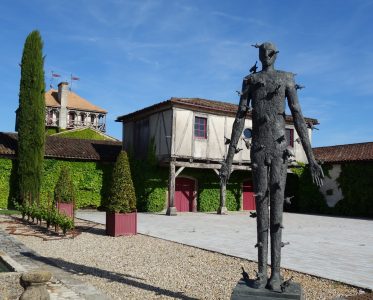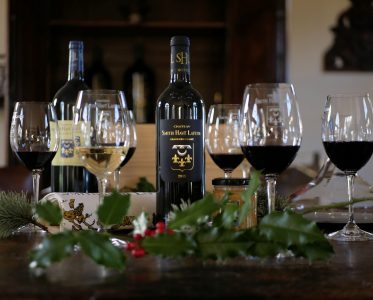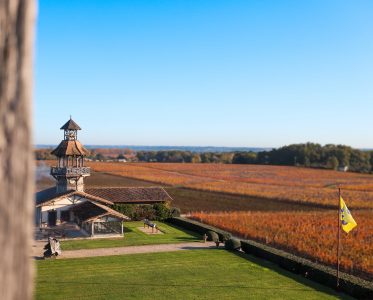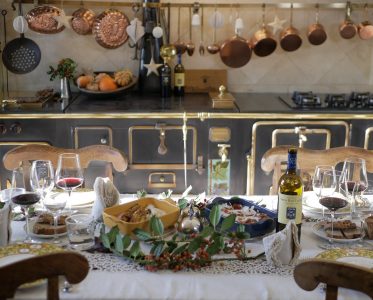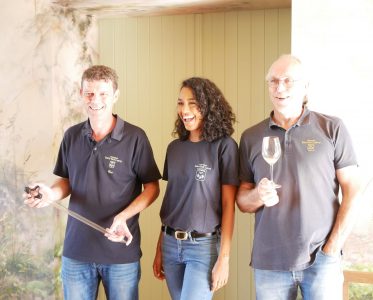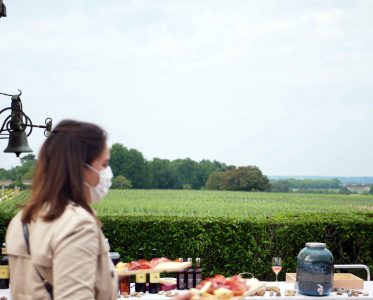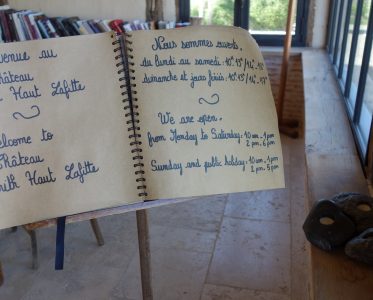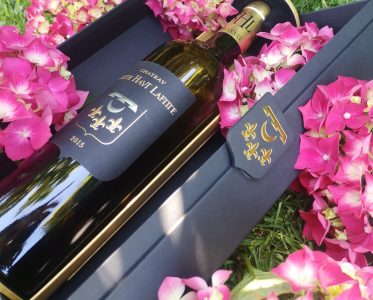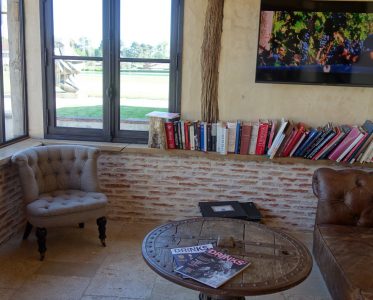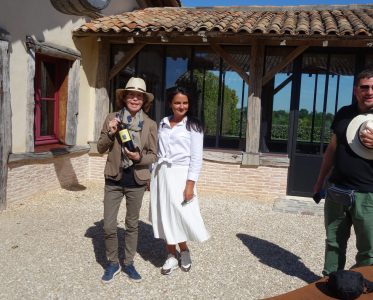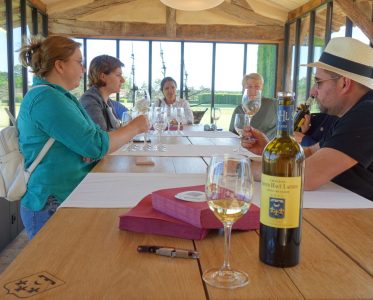Chateau Smith Haut Lafitte #77
Walking through the estate of Château Smith Haut Lafitte
Château Smith Haut Lafitte is the authentic place with 6 centuries and a half of history. The current owners of the Château, Daniel and Florence Cathiard, devoted over 30 years to their passion – making wine in this marvellous estate located south of the city of Bordeaux.
The Château is surrounded by 78 hectares of a single block planted with the 7 red and white grape varieties that will be blended to create Château Smith Haut Lafitte wines.
Château Smith Haut Lafitte owes its reputation as “le plus Graves des Graves” (the Crus Classés) to its characteristic smoky notes and its gravelly rises (la fitte and la fite mean “hill” or “rise”) of river stones and semi-precious stones deposited by the Garonne millions of years ago.
Dating from the Günzian (or Nebraskan glacial) period, the soil at Château Smith Haut Lafitte has two unique features. First this superb natural drainage forces the vine roots to dig more than six meters into the soil to seek nutrients. Second, the “mirror effect” of the topsoil of pebbles that reflects the sun’s rays helps the grapes to ripen beautifully.
Palace of the vines
Les Sources de Caudalie is a luxury 5-star hotel surrounded by vines and next to Château Smith Haut Lafitte Grand Cru Classé.
Located amidst the Grand Cru vineyards of Château Smith Haut Lafitte, Les Sources de Caudalie has been welcoming guests since 1999.
5-star hotel, Vinothérapie Spa, 2-Michelin star restaurant, La Grand’Vigne, country-inn restaurant, La Table du Lavoir, wine bar and delicatessen, Rouge.
What approach does Château Smith Haut Lafitte implement to produce its wine?
At Château Smith Haut Lafitte, traditional viticulture techniques are implemented, such as earthing-up the vines or horse-ploughing the fragile white wine plots. There are already 8 horses for the vineyard in the Château’s stable. The use of chemical products is totally prohibited, and organic methods are favoured to fight the various dangers that threaten the vine. For instance, the Château’s team induces “mating confusion” in the grape moths through pheromone cocktails, uses typhlodromus mites to prey on the red spider mites, and prevents grey rot through the bacillus subtilis, which naturally prevents the development of botrytis.
The vine-growing cycle is enhanced with organic compost made of wine shoots left over from pruning, grape pomace, and manure from cows and horses. This natural fertilization process improves the quality of the soil and protects its vitality. A hedge plantation programme (more than 500 meters a year) and the installation of several beehives serve to strengthen the faunal diversity of the vineyard.
Château Smith Haut Lafitte constantly uses newtechnologies, such as tests with drones and the sat ellite imagery, to better monitor the vine growing cycle and the ripening of the grapes all year long. An even sharper tool is the on-board NDVI (Normalized Difference Vegetative Index) that is use on its entire vineyard.
